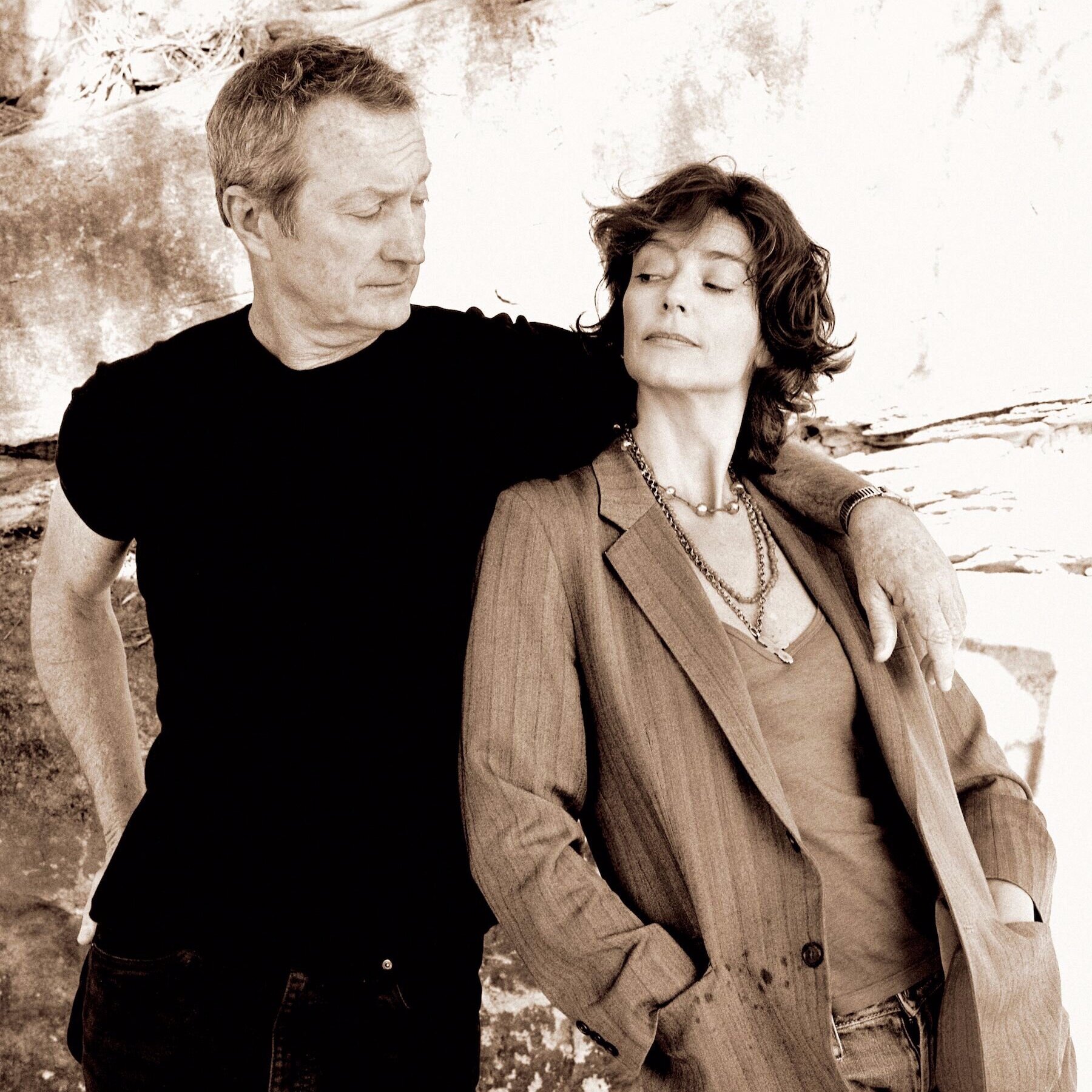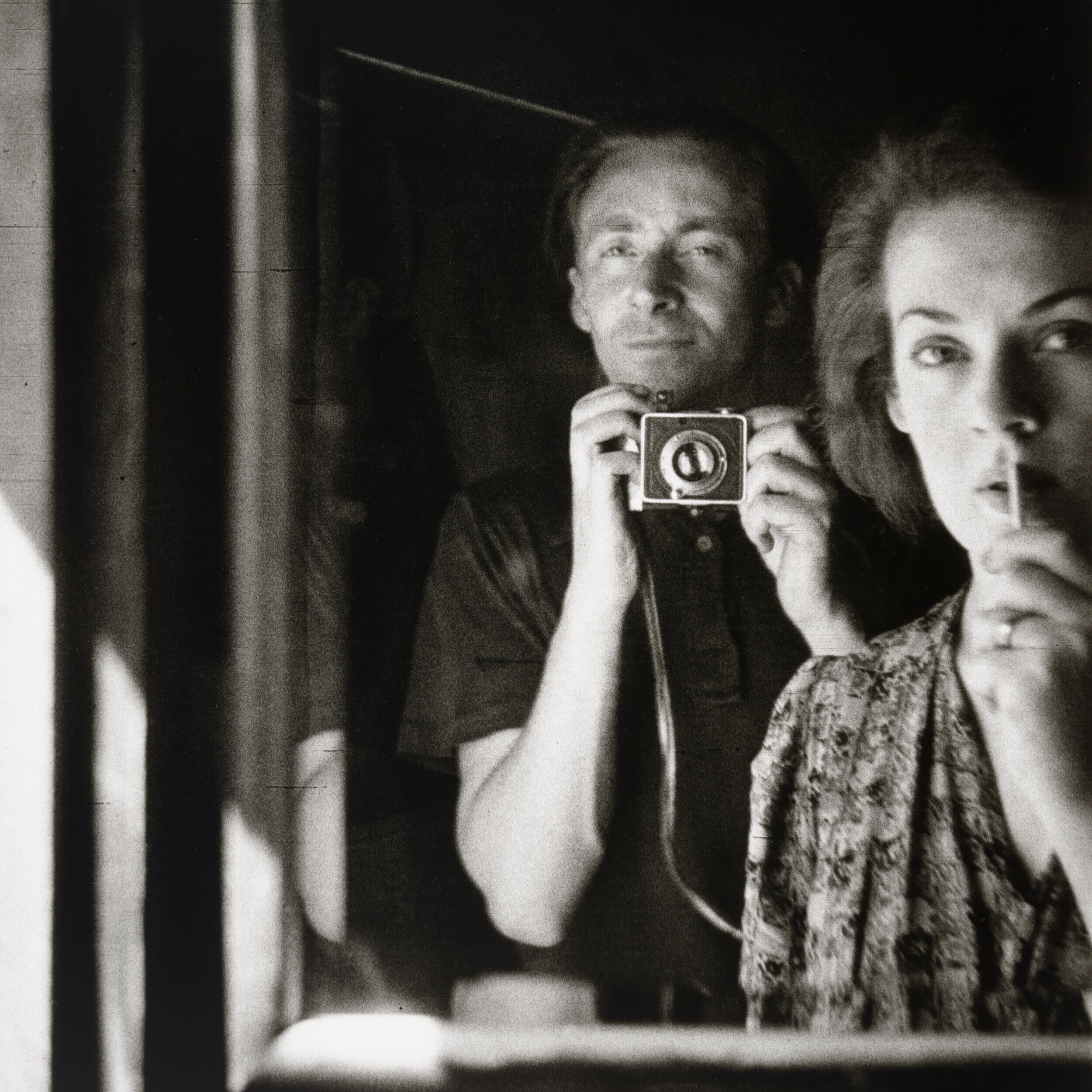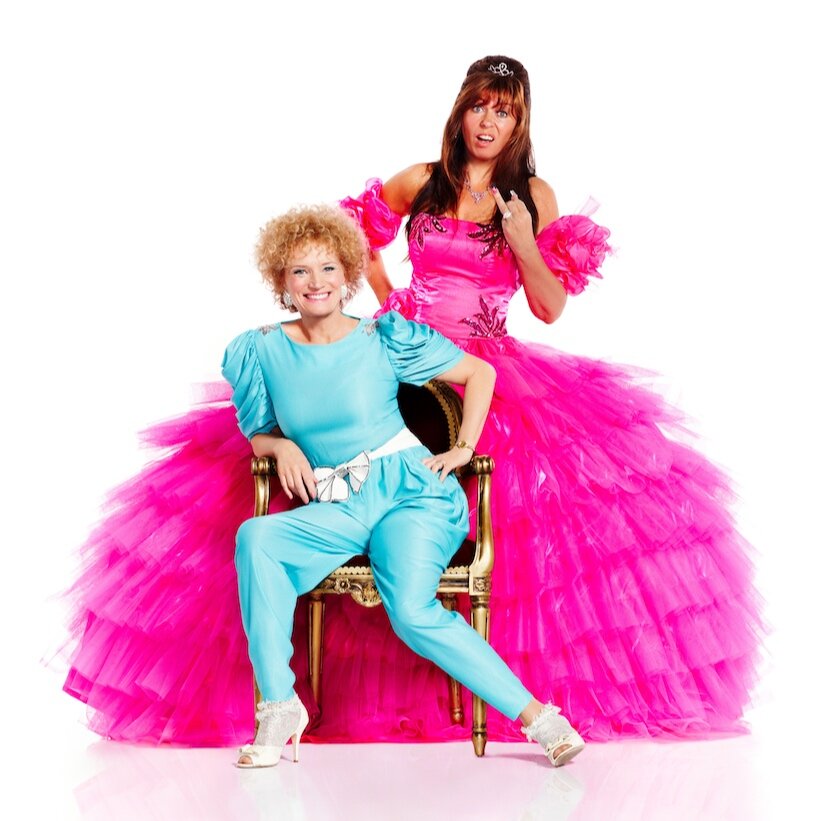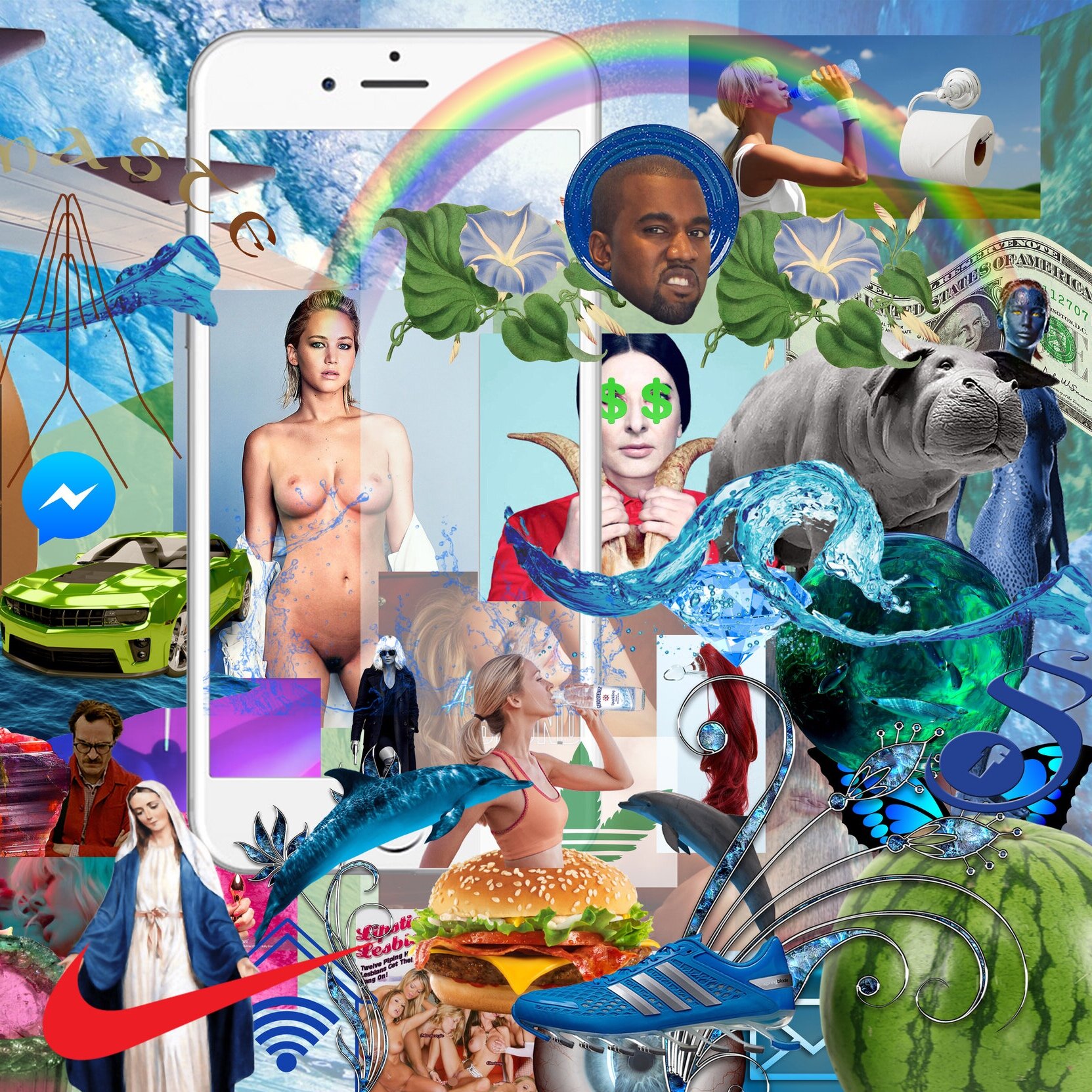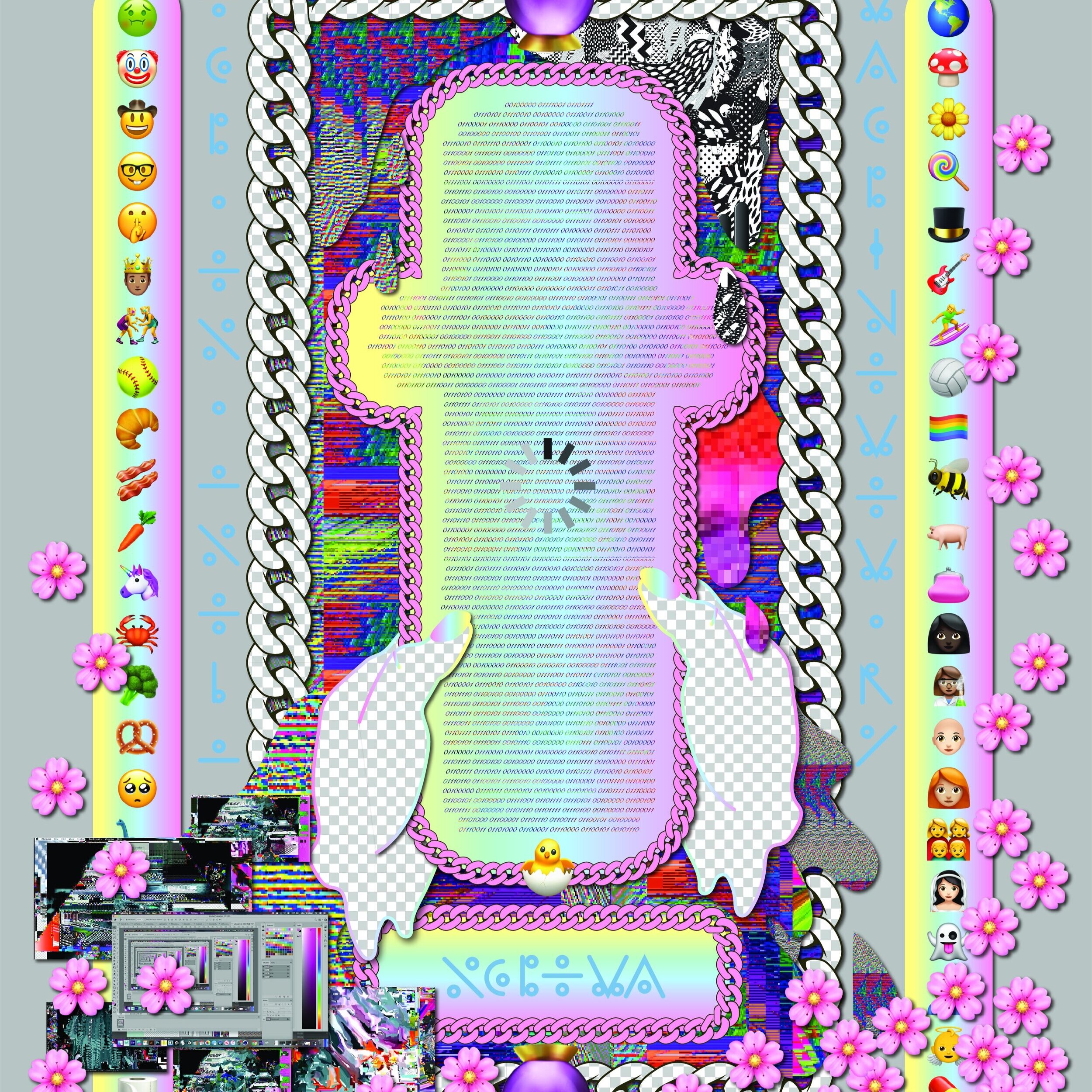Love and conflict @ the National Portrait Gallery and UQ Art Museum
/When Andrew Stephens wrote in our Summer issue (#321) of the new vision that Karen Quinlan has brought as Director of the National Portrait Gallery (NPG), Canberra, neither he nor our readers could have predicted the crisis into which the world would be plunged by the time our next issue hit the shelves in March. Anticipating a year in which ‘her reinvigorated program for this young and popular institution’ would see the gallery reopen in style after its four-month closure for renovations in 2019, Quinlan noted the blockbuster show ‘Love Stories: Works from the National Portrait Gallery, London’ as a defining highlight for 2020. As the only Australian venue for this touring selection of key works from the English institution – one of several ambassadorial ventures planned during its own three-year closure for renovations – the NPG justifiably regarded this as a major coup. A media release published in December and subsequently removed from the NPG’s website promised an exhibition including ‘portraits of some of the world’s best-known couples from the sixteenth century … to the present’, celebrating what Quinlan termed ‘the multifaceted and often complex nature of love’.
Eight months after the publication of this optimistic vision for the future, however, we find ourselves faced with a more cynical and constricted arts ecology, in which those seemingly unassailable fixtures of the contemporary curatorial landscape – the blockbuster show and touring exhibition – must adapt or risk extinction. In this brave new world, the fate of ‘Love Stories’ is perhaps a sign of things to come: crossing international borders has become an extraordinarily difficult and costly process, so the much anticipated loans from London have been superseded by a more modest display of local faces from the NPG’s collection. The December media release reveals that this display was initially planned as a companion to the main show, addressing the universal themes of ‘passion, friendship, family, community and connection’, but Quinlan likely didn’t envisage an entirely online experience.
Visitors to the section of the NPG website that hosts this ‘amorous online adventure’ will find little trace, at first, of the themes noted above. After a brief introduction, we are invited to select one of five randomly selected ‘love stories’ with evocative and sometimes tongue-in-cheek titles like ‘When the stars align’ or ‘Right-hound man’. Each of these is linked to a page with an image and a short caption, followed by another list of five stories. The captions are refreshing, departing from the standard curatorial description to focus on the humanity of each work and the various forms of love revealed. Some audiovisual content, however, perhaps including recorded interviews with the curators, artists, subjects or gallery visitors, might have provided a more enriching experience.
Greater attention to the guiding themes of the exhibition would also have been appreciated – these only surface when the visitor receives a personalised ‘love score’ generated by their choice of ten love stories and based on the coding of each story into one of five categories: ‘Devotion’, ‘It’s Complicated’, ‘Lust’, ‘Nearest & Dearest’ and ‘Passion’. Lacking curatorial framing, however, these categories seem little more than vestigial traces of the themes promised last year, while an invitation to share your ‘love score’ on Facebook or Twitter recalls the usual conclusion of clickbait quizzes popularised by websites like BuzzFeed.
The compulsive attraction (and frequent absurdity) of these quizzes is one of many facets of our online lives exposed to a more critical evaluation in another exhibition also conceived before the outbreak of the pandemic and subsequently adapted for web-based display: ‘Conflict in My Outlook_We Met Online’, hosted by UQ Art Museum, Brisbane. While an emphasis on the familiar, reassuring and sentimental in ‘Australian Love Stories’ draws attention to the new forms of connection and community that the internet has made possible, curator Anna Briers frames ‘Conflict in My Outlook’ as a shift away ‘from the utopian impulse of early internet culture to its current dystopian realities’. In the exhibition essay and media release, she asks us to consider the extent to which ‘algorithm-driven communications have exacerbated social division, stoking the fires of nationalism, fundamentalism and the rise of the alt-right’, and to bear in mind the need to guard against ‘fake news, post-truth politics and echo chambers of disinformation’.
Nevertheless, despite their different curatorial aims, the platforms through which we are invited to explore ‘Australian Love Stories’ and ‘Conflict in My Outlook’ are similar in design. Visitors to the ‘Conflict in My Outlook’ website are again faced with a brief introduction and a choice of links to artist pages that present an image, a caption or statement and a short biographic summary. There is once again a lack of audiovisual supporting material, yet the works – with the exception of watercolourist Kenneth Macqueen’s cloudscapes, rather tenuously included as a nod to Cloud data storage – more than make up for this in the overwhelming volume and theoretical density of their content. These are mainly video, digital or web-based projects that reward repeated, sustained viewing and are perhaps better suited for online than onsite display, inviting visitors/viewers/users to engage at their own pace, from the comfort of their homes.
The works cover a broad range of themes, from Xanthe Dobbie’s interactive parody of a clickbait quiz and Kate Geck’s ‘digital spa’ that promises ‘to combat social media anxiety and network fatigue’ through ‘meditative experiences and psychic cleansings’, while ironically using the same technology that causes this fatigue; to Natalie Bookchin’s unsettling but all-too-believable composite narrative compiled using excerpts from alt-right video blogs, and Daniel McKewen’s semi-fictional tale of intrigue and conspiracy told through Gumtree listings, SMS and Facebook messages, archived emails, videos and touched-up images.
Turning our attention from the uncertainty of our current real-world circumstances to the no less anxiety-inducing digital platforms through which are lives are increasingly mediated, the provocative and highly erudite works that Briers has selected expose our reliance on these platforms as a Faustian bargain, with implications yet to be revealed. In return for the promise of online intimacy, community and almost limitless opportunities to indulge our most private fantasies or to create avatars of our ideal selves, we have consented to an amplifying of the voices of paranoia, prejudice and hatred. More insidiously, as Briers notes in her essay, we have also consented to the collection and monetisation of personal data, inaugurating the age of the algorithm, targeted advertisement and unsolicited mailing list. Perhaps this, in the end, will be the future of the exhibition: a clickbait narrative, tailored to our preferences, and readymade to share on social media.
Dr Alex Burchmore, Publication Manager

